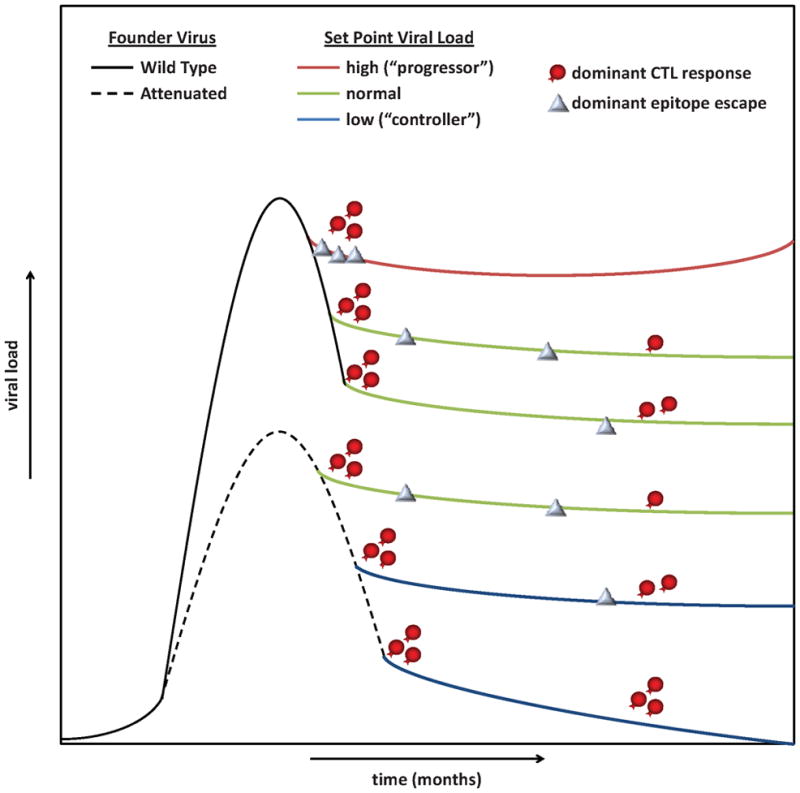Figure 1. Differential founder virus replication and immune escape from dominant CD8+ T cell responses combine to influence the HIV-1 set-point viral load and clinical course.

The differential replication of wild type (solid line) and attenuated (dashed line) founder viruses results in different levels of peak viremia and long-term control of HIV-1. The impact of dominant CD8+ T cell responses (red cells) on the viral population is determined by the relative rate of escape in the targeted epitopes (grey diamonds) which ranges from immediate escape (top set-point line) as the result of the escape mutations being transmitted in the founder virus to never (bottom set-point line) as the result of high escape-associated fitness costs and low viral replication. The differential founder virus replication and dominant CD8+ T cell response effectiveness result in poor control of acute HIV-1 replication and high set-point viral load (red set-point line), normal control and set-point (green lines), and protective control and low to undetectable set-point (blue set-point lines).
